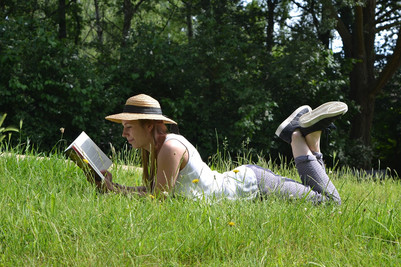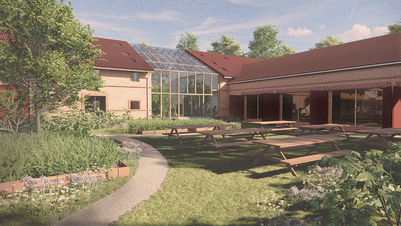
Conference Abstract | Trine Brun Petersen

The Snowsuit as a Technology for Outdoor Play
This research paper investigates the snowsuit as an essential, but unheeded part of the “welfare network.”. The function of the snowsuit is essentially to provide efficient protection against the harsh Nordic climate, and it can therefore be considered as “micro-architecture”, which translates between the child’s individual body and the kindergarten as a welfare institution. Outdoor play is considered particularly healthy and stimulating for children, and the snowsuit may be viewed as a textile-spatial technology for enabling this.
As a product typology the snowsuit can be traced back to the interwar period’s play suits. Early snowsuits were either light offering little warmth or warm, but bulky and heavy thus impeding the child’s freedom of movement. The invention of nylon completely changed the parameters of this design dilemma and made it possible to produce snowsuits with were simultaneously warm, light and strong, and the snowsuit had its definitive break-through in the 1970s, when working mothers and professional daycare increased the demand for easy-care fabrics and rational wardrobe management.
In order to shed light on the snowsuit and its role in the network of the welfare state, the study draws on Actor-network theory, particularly recent work which link ANT to design. Essentially descriptive and empirical in character, ANT offers a framework for tracing the multiple associations between human and non-human actors, which of which the snowsuit is a part. The study draws on the Finnish company Reima’s archive, which offers technical drawings, product photos and company records as well as supplementary interview material. The paper argues that the snowsuit increased the “kindergarten-ability” of children and hence forms a small but essential part of what holds the welfare state together.
Trine Brun Petersen is Associate Professor at the Department of Design and Communication, University of Southern Denmark, where she teaches Design and Fashion Culture. She obtained her Ph.D. from Design School Kolding/Aarhus School of Architecture on prison design and how design might be used to orchestrate behavior. Her recent research interest centers on clothing and fashion in everyday settings with a particular focus on how clothing constructs and disciplines users. Her current research project focuses on the material culture of childhood with particular interest in how children’s clothing as a commercial and cultural phenomenon. She has published
articles on children fashion and dress in international journals and anthologies and is currently coediting a book on Green Design Culture with Rosita Satell and Tau Ulv Lenskjold.















